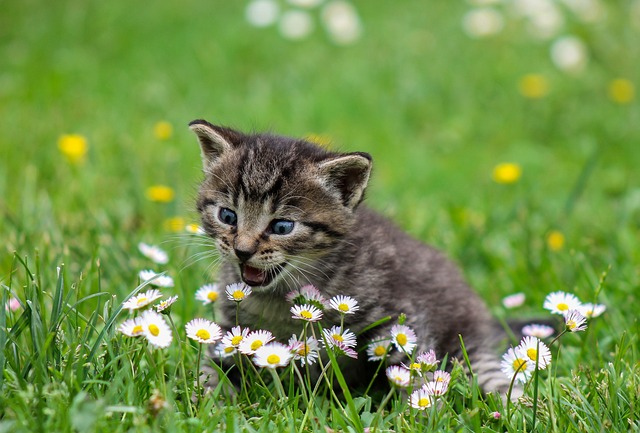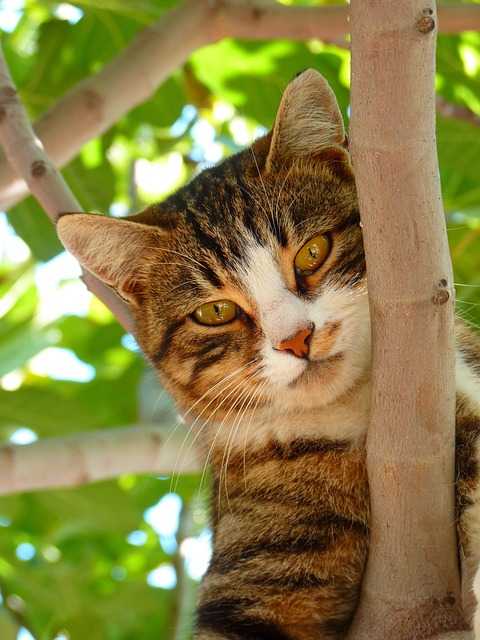Cat worms pose a significant health concern for pet owners worldwide. Being aware of the different types of worms, their symptoms, preventive measures, and treatment options is essential for ensuring the well-being of our feline companions. In this comprehensive guide, we’ll explore everything you need to know about worms in cats and how to keep your furry friend healthy and happy.
Types of Cat Worms
The most common types of worms in cats include:
- Roundworms (Toxocara cati and Toxascaris leonina): These are the most common intestinal parasites found in cats. Kittens can acquire roundworms from their mother’s milk, while adult cats can become infected through ingestion of roundworm eggs from contaminated soil or feces.
- Tapeworms (Dipylidium caninum, Taenia spp.): Tapeworms are long, flat parasites that inhabit the intestines of cats. Cats can become infected with tapeworms by ingesting fleas or small rodents infected with tapeworm larvae.
- Hookworms (Ancylostoma spp., Uncinaria stenocephala): Hookworms are small, blood-feeding parasites that attach to the intestinal wall of cats and feed on their blood. Cats can become infected with hookworms through ingestion of contaminated soil, grooming, or skin penetration.
- Heartworms (Dirofilaria immitis): Heartworms are transmitted to cats through the bite of an infected mosquito. While less common in cats compared to dogs, heartworm disease can still cause serious health issues in felines, including heart and lung damage.
- Whipworms (Trichuris spp.): Whipworms are less common in cats compared to other types of worms but can still occur. Cats become infected with whipworms by ingesting whipworm eggs from contaminated soil or feces.
- Lungworms (Aelurostrongylus abstrusus): Lungworms primarily affect the respiratory system of cats. Cats can become infected with lungworms by ingesting intermediate hosts such as snails or slugs containing lungworm larvae.
- Stomach Worms (Physaloptera spp.): Stomach worms, also known as stomach or gastric nematodes, inhabit the stomach and upper intestine of cats. Cats can become infected with stomach worms by ingesting intermediate hosts such as insects, small mammals, or reptiles.
- Bladder Worms (Capillaria plica): Bladder worms, also known as bladder or urinary capillariasis, affect the urinary tract of cats. Cats can become infected with bladder worms by ingesting intermediate hosts such as earthworms or through direct contact with contaminated soil or feces.
- Liver Flukes (Trematodes): Liver flukes are parasitic flatworms that inhabit the liver and bile ducts of cats. Cats can become infected with liver flukes by ingesting intermediate hosts such as snails or aquatic plants containing fluke larvae.
Symptoms of Worm Infestation in Cats
Recognizing the signs of worm infestation in cats is vital for timely intervention. Here are the symptoms to watch out for:
- Vomiting: Cats with worm infestations may vomit frequently, especially if the infestation is severe or if there are complications such as intestinal blockages.
- Diarrhea: Diarrhea is a common symptom of worm infestation in cats. The stool may be loose, watery, or contain blood, depending on the type of worm and the severity of the infestation.
- Weight Loss: Cats with worm infestations may experience weight loss despite having a normal appetite. This is often due to the parasites consuming nutrients intended for the cat.
- Bloated Abdomen: A bloated or distended abdomen can indicate a severe worm infestation, particularly in cases of roundworms or tapeworms.
- Lethargy: Infected cats may appear lethargic, with reduced energy levels and interest in activities they typically enjoy.
- Presence of Visible Worms: In some cases, owners may observe visible worms in the cat’s feces or around the anus. These worms may appear as long, white, or rice-like segments (tapeworms) or as spaghetti-like strands (roundworms).
Preventive Measures Against Cat Worms
Preventing worm infestations in cats involves implementing various strategies, such as regular deworming protocols, maintaining a clean living environment, preventing access to intermediate hosts like fleas or rodents, and minimizing exposure to contaminated soil or feces. Proactive preventive measures can help reduce the risk of worm infestations in cats.
Treatment Options for Cat Worms
Treating worms in cats typically involves the use of prescription deworming medications, preventive medications, and natural remedies. It’s essential to follow veterinary recommendations for deworming schedules and monitor for recurrence or reinfection. Effective treatment helps eliminate worms and improve the overall health of cats.
Environmental Management and Hygiene Practices
Maintaining a clean and parasite-free environment is key to preventing worm infestations in cats. Regular cleaning of litter boxes, grooming tools, and bedding, as well as proper disposal of feces, can help reduce the risk of worm transmission. Practicing good hygiene habits also plays a crucial role in preventing the spread of worms among cats and other pets in the household.
Risks and Complications Associated with Worms
Untreated worm infestations in cats can lead to various risks and complications, including malnutrition, anemia, intestinal blockages, and damage to vital organs like the heart and lungs. Proactive management and veterinary care are essential for preventing and addressing worm-related health issues in cats.
Conclusion
Worms in cats are a common but manageable health concern that requires proactive prevention and timely treatment. By understanding the types of worms, recognizing symptoms, implementing preventive measures, and seeking veterinary care when needed, cat owners can help ensure the health and well-being of their feline companions.






